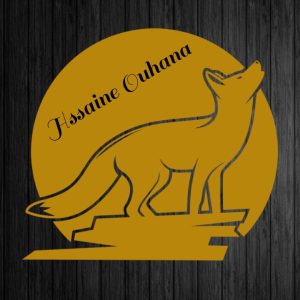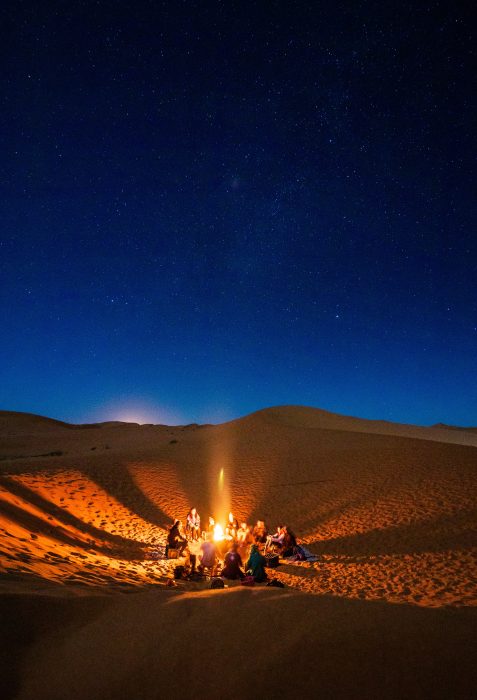Morocco is a country located in North Africa, known for its diverse culture, history, and landscapes. The population of Morocco is made up of various ethnic groups, each with its own unique language, culture, and traditions.
The largest ethnic group in Morocco is the Berbers, also known as Amazighs. They make up about 40% of the population and are indigenous people of North Africa who have inhabited the region for thousands of years. The Berber people have their own distinct culture and language, which has been influenced by centuries of trade and exchange with other civilizations in the region. There are several different Berber dialects spoken in Morocco, including Tashelhit, Tamazight, and Tarifit. Berbers are known for their rich cultural practices, including music, dance, and art, and they have played a significant role in shaping Moroccan history and identity.
The second-largest ethnic group in Morocco is the Arabs, who make up about 60% of the population. Arabs are a Semitic ethnic group that originated in the Arabian Peninsula, but over time, they have spread throughout the Middle East, North Africa, and beyond. In Morocco, most Arabs speak Moroccan Arabic, a dialect of Arabic that has been influenced by Berber and other local languages. The Arab population in Morocco is diverse, with some living in urban areas and others in rural areas.
Morocco also has a small population of sub-Saharan Africans, who make up less than 1% of the population. Most of these Africans are migrants who have come to Morocco in search of work or to escape conflict or poverty in their home countries. Many of them live in informal settlements on the outskirts of major cities. The sub-Saharan African population in Morocco is diverse, with people from different countries and ethnic groups represented.
In addition to these three main ethnic groups, Morocco has a small Jewish population, as well as other smaller ethnic groups, such as the Gnawa. The Gnawa are descendants of West African slaves brought to Morocco during the trans-Saharan slave trade. They have their own distinct culture and traditions, including music, dance, and spiritual practices.
Despite the diversity of its ethnic groups, Morocco is known for its cultural unity. This is due in part to the fact that Berber and Arab cultures have coexisted in Morocco for centuries, and over time, they have influenced each other’s language, customs, and traditions. Moroccan cuisine, for example, is a fusion of Berber, Arab, and Mediterranean influences, and Moroccan music and dance drawing on both Berber and Arab traditions.
In recent years, Morocco has made efforts to recognize and celebrate its ethnic diversity. In 2011, the Moroccan government officially recognized the Amazigh language as an official language of the country, alongside Arabic. The government has also established a National Human Rights Council to promote and protect human rights in the country, including the rights of minorities and indigenous peoples.
In conclusion, Morocco is a country with a diverse population made up of various ethnic groups, including Berbers, Arabs, sub-Saharan Africans, and others. Despite their differences, these groups have coexisted in Morocco for centuries and have influenced each other’s cultures and traditions. Today, Morocco is working to recognize and celebrate its ethnic diversity and promote human rights for all its citizens.


Leave a Reply